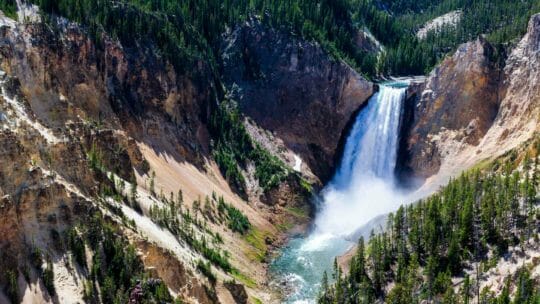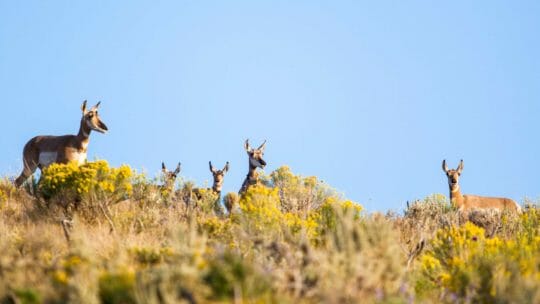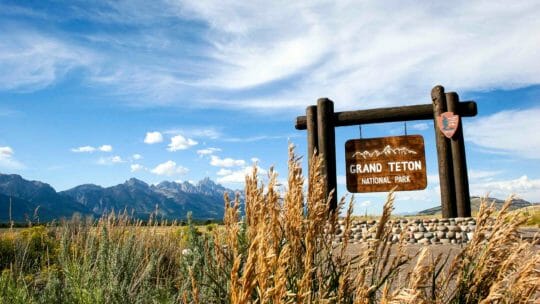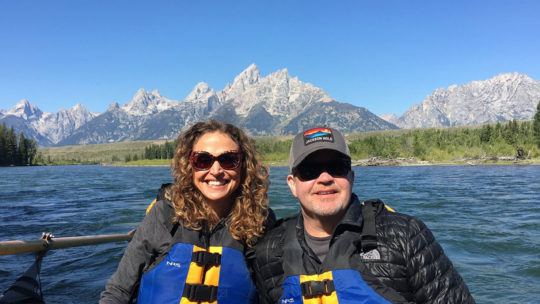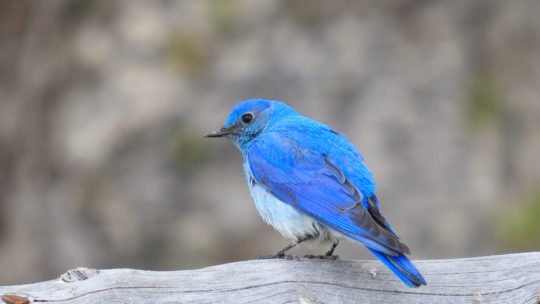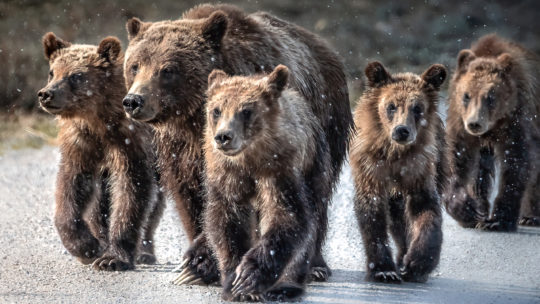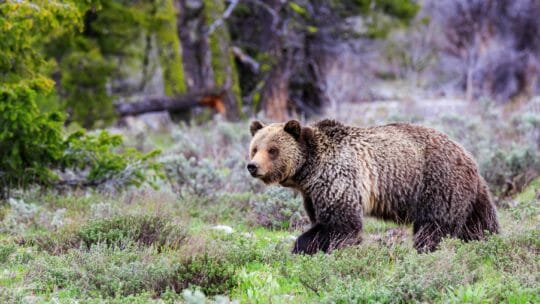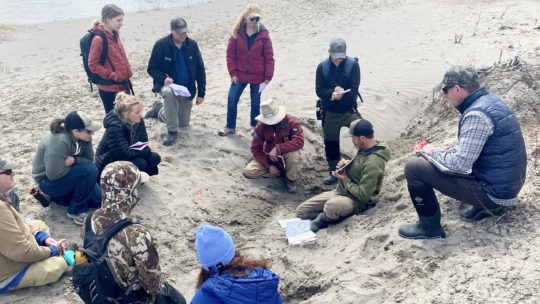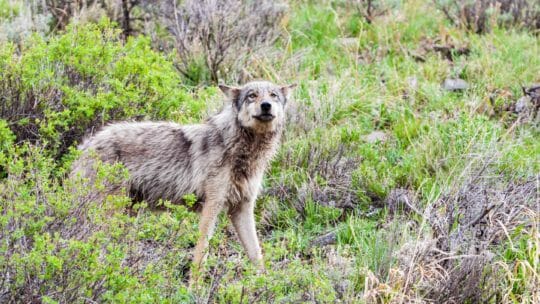Search
Explore
Summer Safaris

The summer season in Jackson Hole runs from May through October, with winter conditions setting in for early November.
In the summer, the high elevation creates cool mornings and warmer afternoons, with temperatures ranging from 45F (7C) to 85F (29C) as a high for the day. As the snow line recedes, some wildlife will move into the high alpine areas while others remain at the valley floor. Many of the species in the region migrate to lower elevations in the winter where there is less snow and more moderate climates. This can be a short distance, or in the case of the Pronghorn, up to 150 miles one way from Grand Teton National Park to the Upper Green River Basin. If you visit in the spring, you can witness herds of elk and pronghorn as they make their way back to their summer ranges. In order to survive the cold temperatures and deep snow of Wyoming winters, the wildlife of the region is often best suited for cool temperatures, meaning that during the warm summer days they seek out cool places to avoid the heat of the day. We see a variety of species in their natural habitat throughout the summer. By searching for them in the cooler hours of the day and knowing the terrain, it gives us the best chance of finding them.
The exact routes and itineraries of our safaris will depend on a number of factors – the most important being your areas of interest, current wildlife sightings and road conditions. One of the great things about our safaris and expeditions is our ability to customize each safari for you. Our guides are all highly experienced, with thousands of hours in the field, allowing them to make suggestions and calibrate the adventure to your experience level and desires. Every day in the field is different, which makes our safaris more fun for both you and your guides. We hope that you’ll join us on a wildlife safari and walk away with an education and appreciation of this remarkable place we are privileged to call home.
Jackson Hole Wildlife Safaris combines a love of adventure with a passion for wildlife and wild spaces to create a premium, once in a lifetime experience exploring the natural world. It is our belief that active stewardship is the only way to ensure the same experience for future generations. This is why Jackson Hole Wildlife Safaris is committed to a culture of sustainability and is dedicated to purchasing products, establishing partnerships and educating the public in a way that values the protection and conservation of our most valuable resources.
FAQs
What is your cancellation policy?
We have a 48-hour cancellation policy for all single day safaris of 14 guests or less. For groups with 15 or more guests, our cancellation policy is 30 days. We have a 14 day cancellation policy for all 2-3 day safaris. For expeditions and multi-day safaris of 4 days or more, our cancellation policy is 90 days. Cancellations made before the policy goes into effect will receive a full refund with no penalty. Cancellations made within the cancellation policy period will be partially refunded (50%), but cancellations made the day of the departure will not be refunded. We recommend obtaining travel insurance before your departure to protect you from incurring any costs associated with unforeseen circumstances that prevent you from joining us.
What is the weather like during the summer?
Summer in Jackson Hole runs from early May to late October. Average high temperatures in the valley during the summer season range from 61F to 81F (16C to 27C), and daily temperatures can fluctuate quite a lot. The high elevation often creates cool mornings and evenings but hot afternoons. It is important to come prepared for a variety of conditions throughout the day as they can change quickly in the summertime.
Average highs and lows by summer months:
May: Average High 64F/17C, Average Low 30F/-1C
June: Average High 76F/24C, Average Low 37F/2C
July: Average High 81F/27C, Average Low 40F/5C
August: Average High 80F/26C, Average Low 39F/3C
September: Average High 73F/22C, Average Low 31F/-1C
October: Average High 61F/16C, Average Low 23F/-5C
Further Reading
National Park Road Trip
Jun 2, 2020
With camper sales on the rise, it seems like many of us have the same idea… It’s a great time to get out and explore the National Parks on a quintessential American road trip! Planning a sustainable National Park road trip that supports small businesses near you is a great way to help small communities get back on their feet. With the proper details planned out, you and your family can have an enjoyable time in the great outdoors and do some exploring in your own backyard.
Plan Like a Park Ranger
Jun 11, 2021
The National Park Service has published their “Plan Like a Park Ranger” series. Grand Teton National Park and Yellowstone National Park are set to experience record visitation this summer. Understanding the do’s and don’ts of the park and planning ahead will help make everyone’s visit a memorable one. The National Park is set aside for the enjoyment of everyone, but that doesn’t mean that it is free from guidelines and regulations. Learn how to experience the National Parks like a pro.

